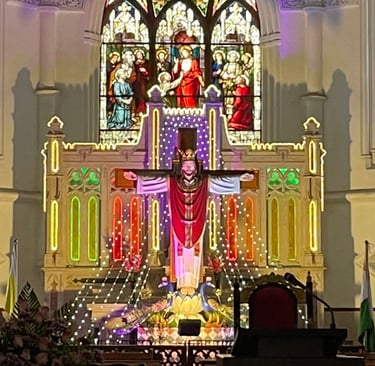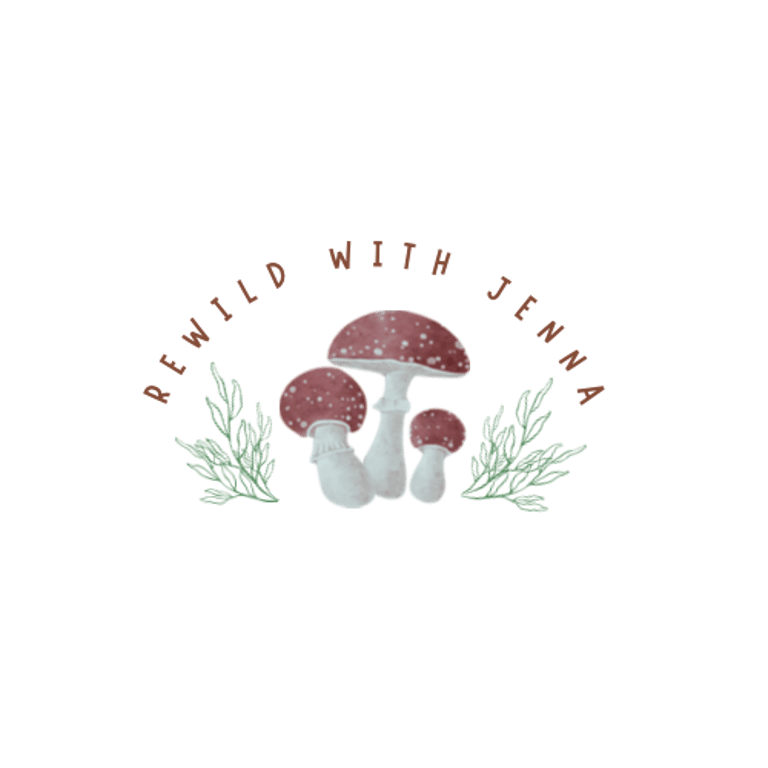Rewilding Contrast
Have you ever played around with the contrast on your photos? Sharpening and softening edges. What if we could do that in our lives? How much would our perceptions shift?
12/4/20234 min read


Contrast.
India is a country that loves to play with contrast. In a way I cannot fully describe yet but I will try.
When you adjust the contrast of a photo, it changes the relationship of the edges. In essence the way light and dark interact. High contrast means the dark gets darker and the light gets lighter. Low contrast blurs the line of separation between the two. Contrast sharpens the edges or softens the separation. In less than 48 hours, India has taught me that contrast can move in both directions and that each direction serves its purpose.
The world I live in feels like a high contrast one. I am pulled more towards sharpening the edges rather than softening them. Increasing the contrast allows us to have a clearer picture of what we are looking towards. It can make the definition of what we are seeing easier to comprehend. At times, we need high contrast to see the truth. White writing on white paper is not readable. The contrast of black writing on white paper allows us to understand what is necessary.
In India, there is a lot of contrast that feels heightened for me. There is incredible natural beauty in this city, yet next to a beautiful tree there may be a pile of trash. The ocean and beach were gorgeous but if you look closer, there is litter everywhere. To a degree, I feel stretched towards beauty and disgust at the same time.
The luxury of where we are staying compared to the simple dwellings of locals so near is of sharp contrast as well. I can recall from my last trip in India a lasting impression of wealth and poverty existing in the exact same space. It was hard for this to compute in my brain. Coming from a culture that hides the poverty, often behind pretty walls, it felt wrong for them to be side by side. Two things that feel so distinct and separate lived in unison in India. In one sense it heightens the contrast but in another it also dims it.
Again, I lean towards increasing the contrast of my photos. It makes everything seem clearer and more crisp. But I’m learning that there is value in the other direction as well. Life does not always have to be viewed through the differences we see. To understand that things are separate is one valuable lesson to learn. To understand that everything is the same is also of value but is a much more difficult lesson for me to learn.
On our first day in India we visited a Catholic Church. I know, I was as surprised as you likely are. We traveled to the national shrine of St. Thomas Basilica. It is one of only three churches in the whole world that are built over the tomb of an Apostle of Jesus. First of all, I didn’t even know any apostle traveled to India. That was shock number one. But the dimming of the contrast between cultures and religions was absolutely the second shock.
To enter the church you are encouraged to take your footwear off. This is a common and expected practice at many temples and holy sights in the this part of the world. But I had a quiet laugh to myself imagining everyone taking off their shoes as we walked into mass where I grew up. What I associate with Eastern religions and philosophies felt so foreign around what Western religion looks like in my mind. India softens the edges between two very contrasting ideas with such ease.
Another moment of levity was when I saw the crucified Jesus on the alter was standing on a lotus flower. What my brain associates with Buddhism, was squarely placed in Catholicism. We so often see the Buddha depicted sitting on a lotus flower while meditating. But I cannot say I’ve ever seen Jesus being crucified on the same flower. It struck me as so beautiful that this was allowed and accepted. It did not feel like appropriation, simply appreciation.
India gives this sense of acceptance. Acceptance that what is sacred for one may be sacred for everyone. That we do not have to ascribe to one path to use a certain symbol. If we see the beauty in it, we can collect it as sacred. The edges again have been blurred. Because my perception is that Jesus belongs to one religion and the lotus flower to another, my brain did not want them to be together. But in reality, they flow together beautifully. There is nothing wrong with these two symbols that both stand for such similar ideas standing side by side.
The crucified Jesus, a symbol of hope, salvation, and resurrection. The lotus flower, a symbol of purity, rebirth, and overcoming adversity. Together, side by side, the contrast softens. It felt simple to see that they are both so connected. Both Jesus and the Lotus flower rise from the depths, of mud or of death, towards the spirits above. Both remind us that death and despair are always a part of life and rebirth. The contrast disappears between the two.
In a world that tells me to stay in one lane, to not cross paths, India showed me a different way. High contrast has its reminders for us, but so does softening the edges, blurring the lines we are afraid to cross. The dichotomy between light and dark is powerfully present in many of my beliefs. India is already opening me up to the possibility that it does not always have to be that way. I can adjust the contrast as I choose. I can soften the edges between anything.
Life is beautifully connected and intertwined, when we allow ourselves to see the magic in it rather than the discomfort, so much will unfold.
What would it look like to adjust the contrast in one area of your life?
